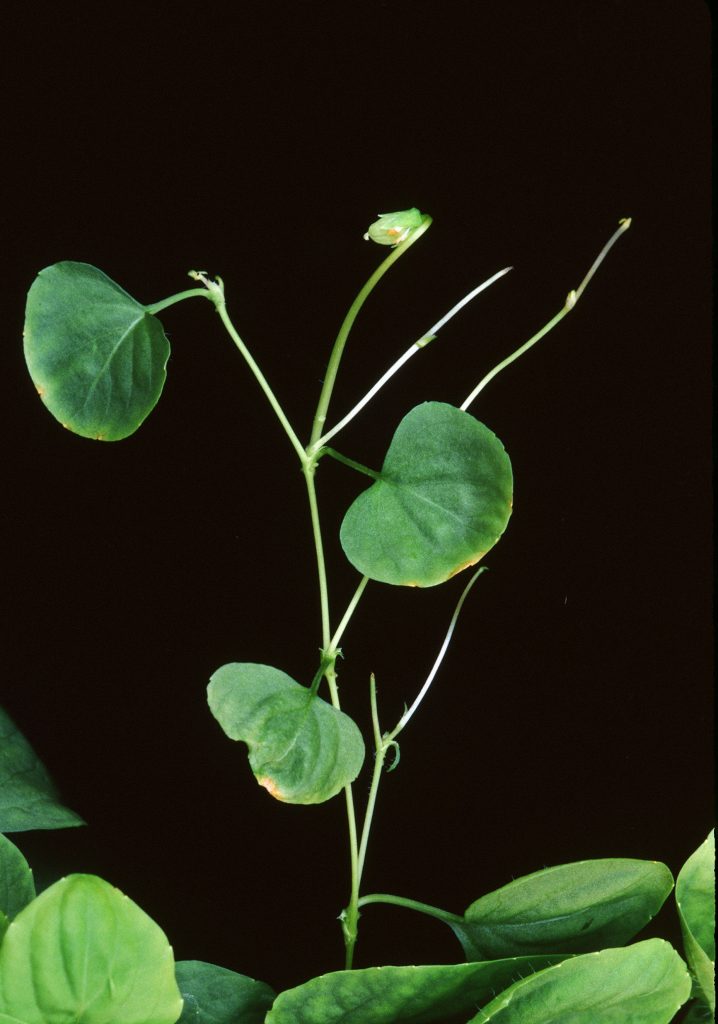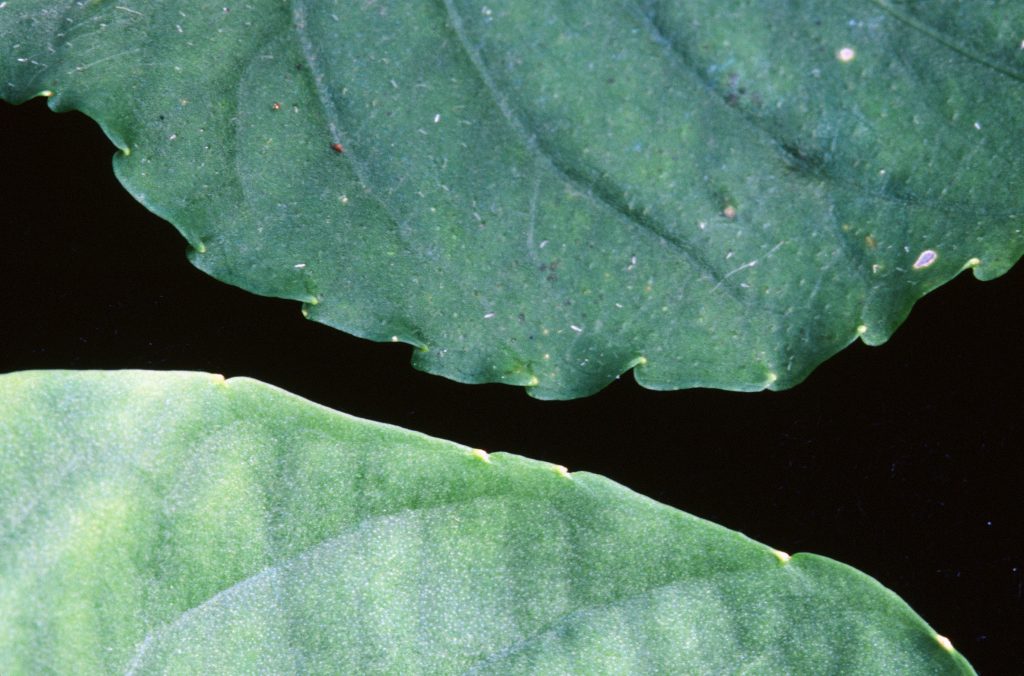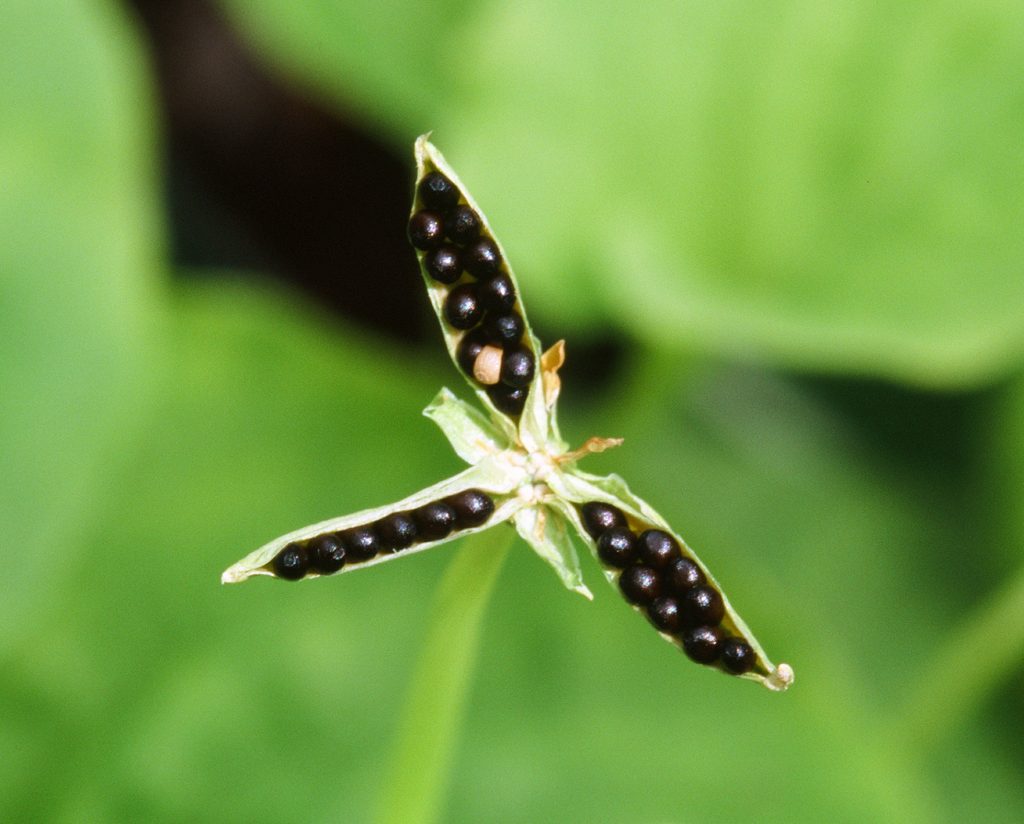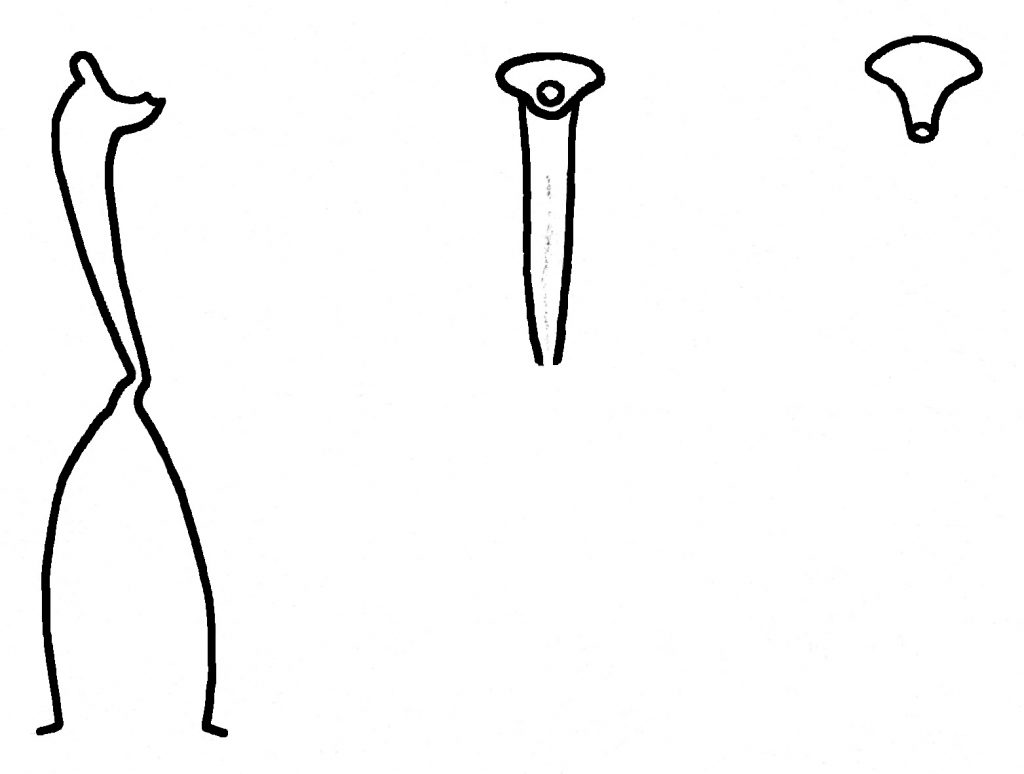Viola macloskeyi F.E.Lloyd
Description and illustrations of Viola macloskeyi: 6 photographs (1 of immature seeds) and 3 drawings

This violet is isolated in the high mountain ranges of California, Oregon, Washington and south western Canada. It is common in the San Bernardino and San Jacinto Mountains, the Sierra Nevada, the north Coast Ranges and the Cascade Range to British Columbia and Alberta. Only in the latter two Canadian provinces does it occur with other stemless white violets, V. palustris var. brevipes that is also stoloniferous, and V. renifolia that is not. It can be distinguished from other white stemless violets by:
- the green color at the base of each petal
- leaves with entire margins, or almost so
- Lower leaf surface with long, dense fine hairs, or glabrous
- petal spur 2.5 mm long, more than twice as long as the sepal appendages
- bracteoles green, 1.5-2.2 mm long, flaring out sideways from the peduncle
- abundant green closed seed pods (cleistogenes) after flowering, from rhizome and along stolons, pods glabrous
- stolons branching
- small black seeds, 1.5-1.8 mm long.
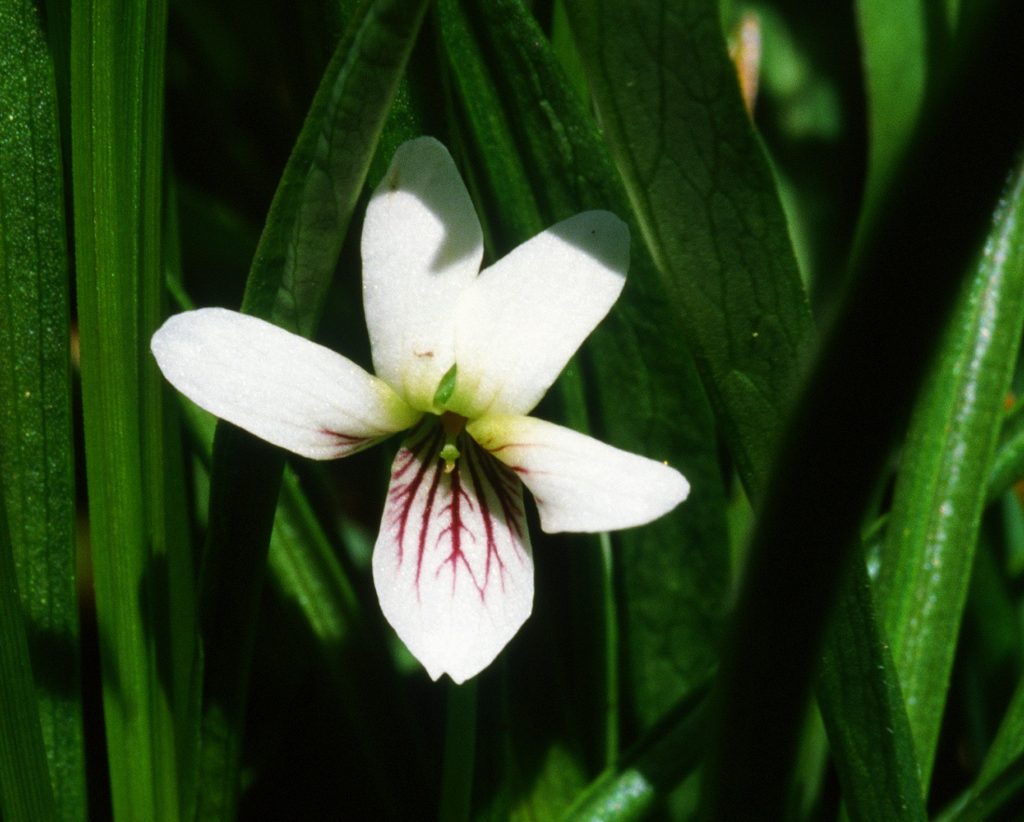
Viola macloskeyi ssp macloskeyi, Humboldt Co, CA (May 1992) 
Viola macloskeyi ssp macloskeyi, Donner Pass, Nevada Co, CA (June 2008)
Perennial violet plants 2-14 cm high. The stout vertical rhizome has densely concentrated old leaf bases and fibrous roots. Long underground branching stolons grow from the lower rhizome, these leafy horizontal stolons starting new plants for the following season, sometimes forming dense colonies. After flowering, there is a long season when closed seed pods (cleistogenes) are produced, often one pod per leaf axil along the creeping stolon. Leaves are thin-textured, rugulose, wide ovate, round or reniform, tip usually obtuse, lobes shallowly cordate, 1.0–5.5 cm, margins entire or with very few crenations, long, fine pubescence on lower leaf and on margins decurrent on petiole. Peduncles glabrous, green or sometimes reddish, 2.0–15.0 cm long. Stipules green, glabrous, narrow lanceolate, margin with glandular-tipped teeth, 0.6 cm long. Small glistening white flowers with a mild perfume, 1.0-1.2 x 1.1 cm wide, lateral petals twisted, bearded with long thin tapered hairs or beardless, lowest spurred petal pointed or rounded, with fine purple guidelines. Stigmatic head with a short beak, stigmatic opening small. Sepals plus appendages green, glabrous, 0.55 cm long; sepals lanceolate, acuminate, appendages short, 0.1 cm long. The head of the style is projected into a small beak with a narrow stigmatic opening. Flowers May to August. Seed pods green, ovate to elliptical, glabrous, 5–9 mm. 2N=4x=24
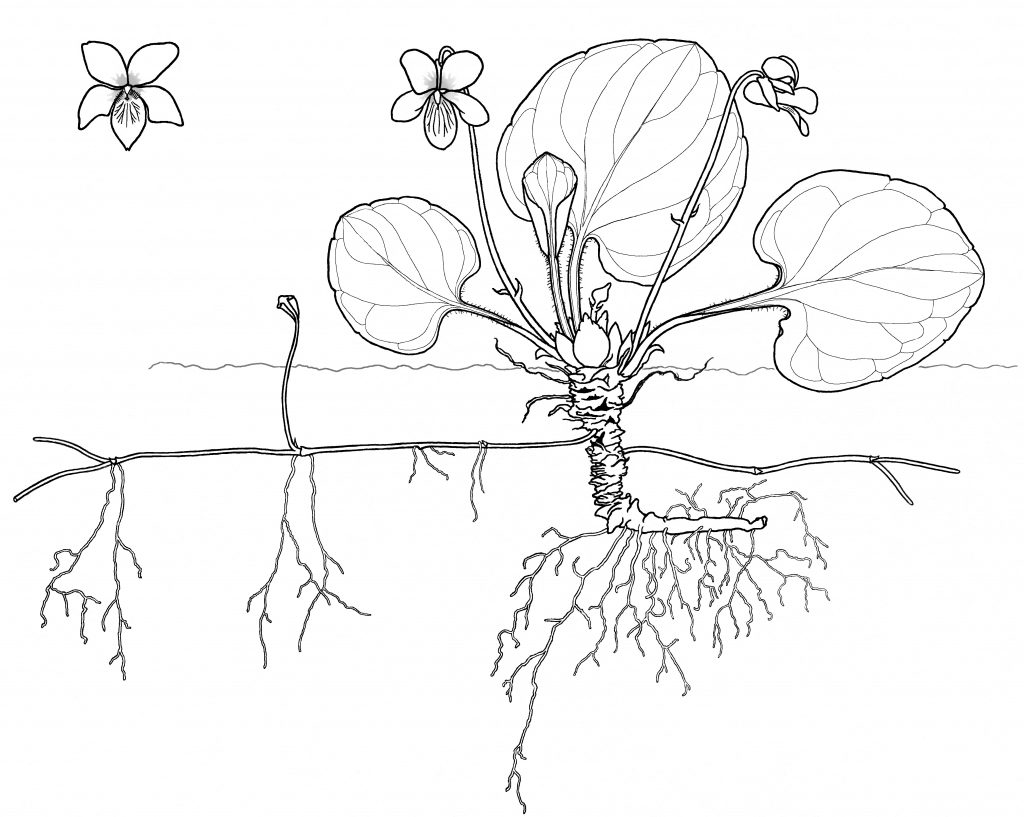
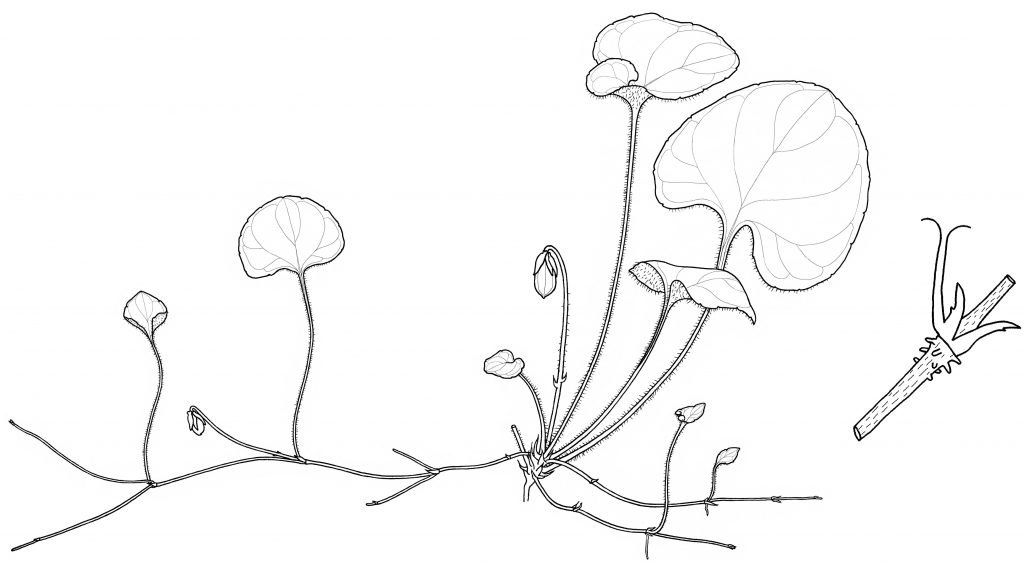
Viola macloskeyi is found frequently in wet meadows, moist borders of lakes and stream banks, or in moist hollows in montane coniferous forest. 1000–3400 m. (3000-12000 ft).
Nomenclature and taxonomy: Sect. Plagiostigma subsect. Stolonosae
Viola macloskeyi F.E.Lloyd, Erythea 3: 74. 1895.
Named after Rev. George Macloskie 1834-1920, professor Natural History, Princeton.
Chromosome analysis by Marcussen (2010) has now shown that Viola macloskeyi is a genetically distinct species, and there is no justification for including V. pallens with V. macloskeyi. Ballard (2010) also showed that these two are wholly distinct species falling in separate clades.
